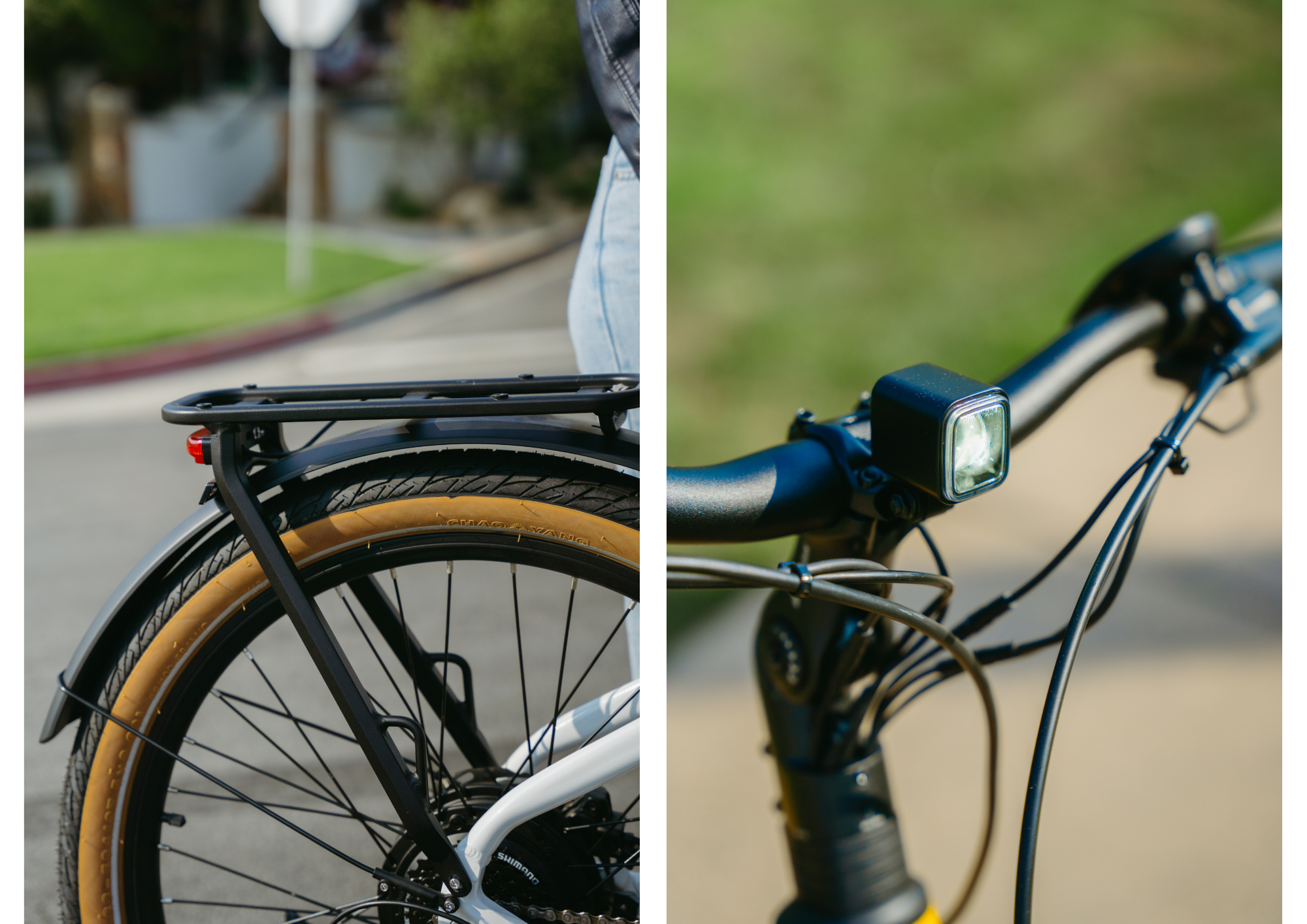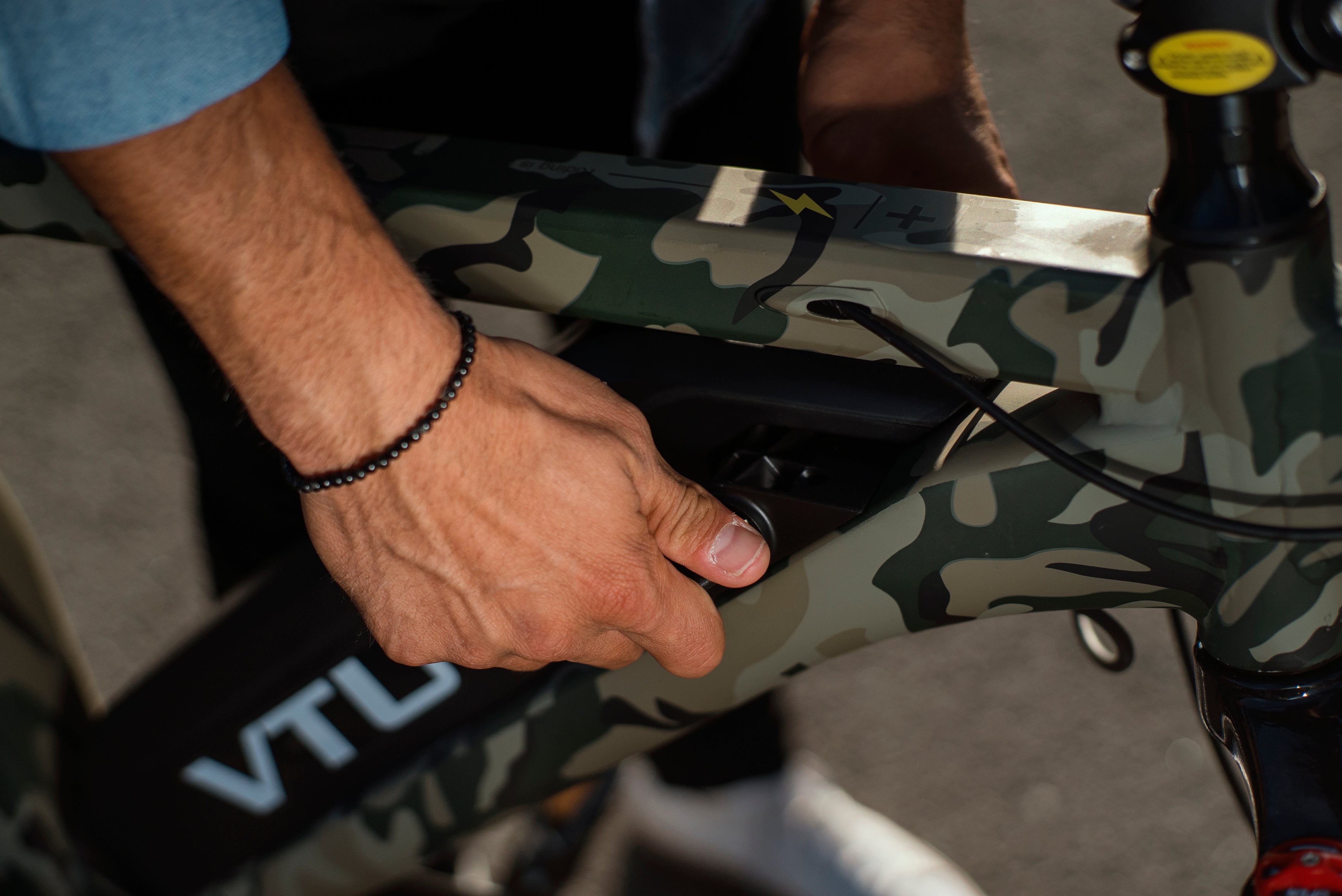As winter approaches in North America, many e-bike riders may find themselves asking how the colder weather will impact their e-bike’s battery. The good news is that with a few simple maintenance tips, you can keep your e-bike in peak condition, even when the temperature drops. In this guide, we’ll focus on how to properly care for your e-bike battery during the winter months to ensure long-lasting performance and safety.

1. Store Your Battery Indoors
The cold is your e-bike battery’s enemy. Lithium-ion batteries, which most e-bikes use, don’t perform well in freezing temperatures. When you’re not riding your e-bike, it’s best to store the battery indoors where the temperature remains stable. Ideally, keep the battery in a room that is between 50°F and 68°F (10°C to 20°C) to preserve its health.
2. Avoid Charging in Extremely Cold Conditions
Charging your battery in freezing temperatures can cause irreversible damage. Always bring the battery indoors before charging, and let it warm up for about 30 minutes before plugging it in. Once it’s back to room temperature, it’s safe to charge.
3. Preheat the Battery Before Riding
If you’re planning to ride in cold weather, it’s a good idea to preheat the battery. This doesn’t mean using an actual heater but simply letting the battery warm up indoors before you head out. Batteries work more efficiently when they’re not frozen, and this step will help maintain range during your ride.
4. Monitor Battery Range in Cold Weather
Cold weather can drastically reduce the range of your e-bike battery. You might notice that your battery drains faster than usual on winter rides. It’s important to know that while you can still ride your e-bike normally, your range will decrease because lithium-ion batteries are sensitive to temperature. If the weather gets extremely cold, the battery may deplete much faster. This is a common winter issue, but don't worry—once the weather warms up, your battery will return to normal performance. To avoid being stranded, plan your trips accordingly and monitor the battery level throughout the ride. Carrying a spare battery could be a good backup plan for longer rides.
5. Limit Exposure to Cold While Riding
While riding, do your best to protect the battery from extreme cold. Some riders use an insulated battery cover to help maintain warmth during winter rides. These covers can help reduce the impact of cold air on your battery and improve its performance.
6. Don’t Let Your Battery Fully Drain
In cold weather, it’s important to avoid letting your battery drain completely. A fully drained battery is more susceptible to damage in freezing temperatures. Try to charge the battery when it reaches around 30% to maintain optimal health.
7. Store with a Partial Charge
If you’re storing your e-bike for an extended period during the winter, make sure to store the battery with a partial charge (about 60%). Avoid storing it fully charged or completely drained, as both can negatively affect battery longevity.
8. Check for UL Certification
When choosing an e-bike or replacing a battery, always check if it has UL certification. UL certification ensures that the battery has passed stringent safety tests, making it more resistant to fire hazards. This is especially crucial during winter when improper care and charging habits can elevate risks.

View VTUVIA E-bike Replacement Batteries & Chargers
Final Thoughts
Winter can be tough on e-bike batteries, but with the right care, you can extend the life of your battery and keep riding year-round. Bring your battery inside, charge it at the right temperature, and monitor its performance to avoid cold-weather surprises. By following these tips, your e-bike will be ready for the road, no matter how cold it gets.
Stay safe this winter and keep your e-bike running strong!





Share:
Make Bike Rides the Highlight of Your Family or Friend Gatherings
The Best E-Bikes for Families: Ride Together, Ride Anywhere